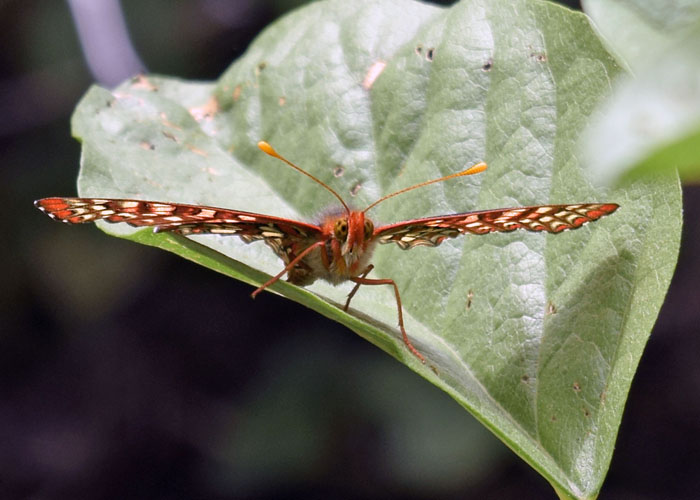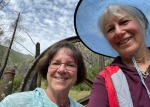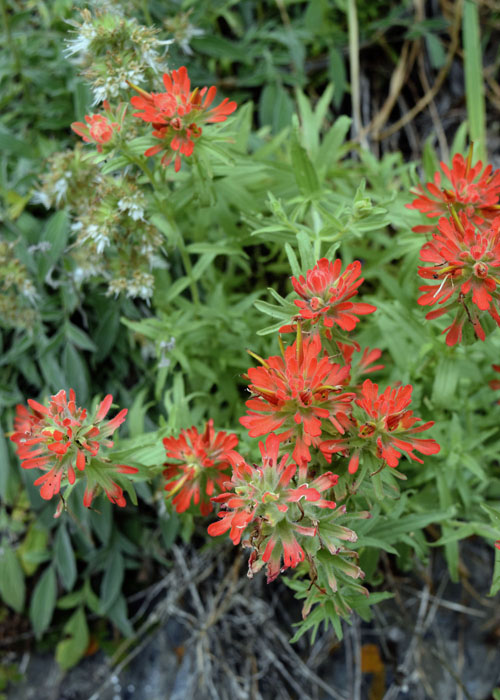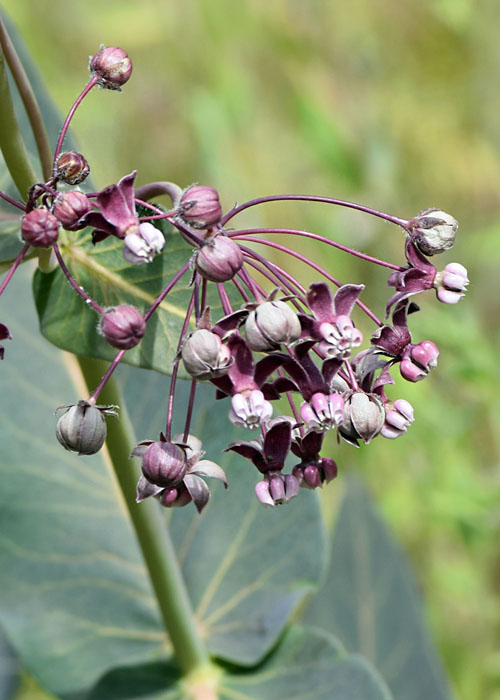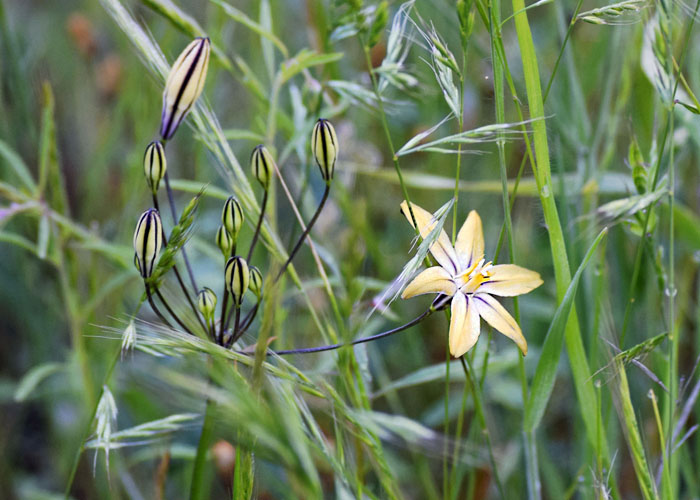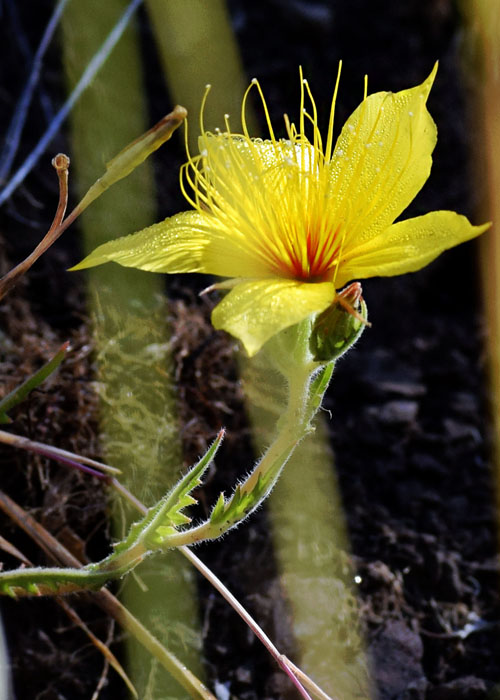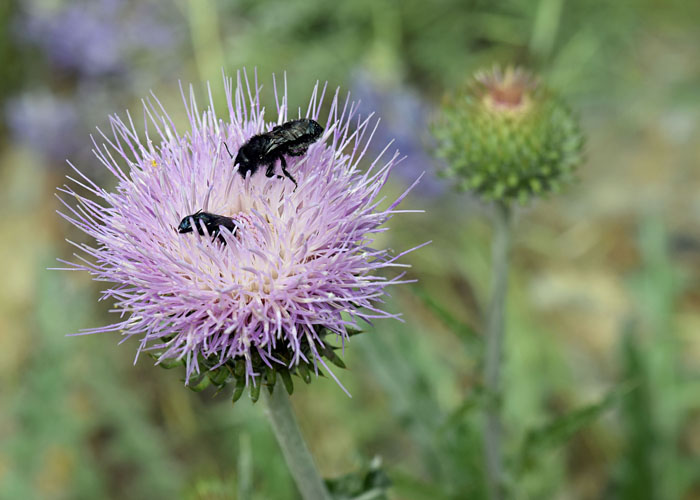April 18, 2022
Hite’s Cove Trail to Pan Mill Site
Total distance walked: 8 miles
“John Hite, discoverer and owner of the famous gold quartz mine in Hite’s Cove, Mariposa County (the most valuable gold mine ever discovered on the earth), spent the day yesterday with his brother-in-law, Captain J.G. Riley, in this city.”
Oakland Tribune, Monday, April 23, 1877
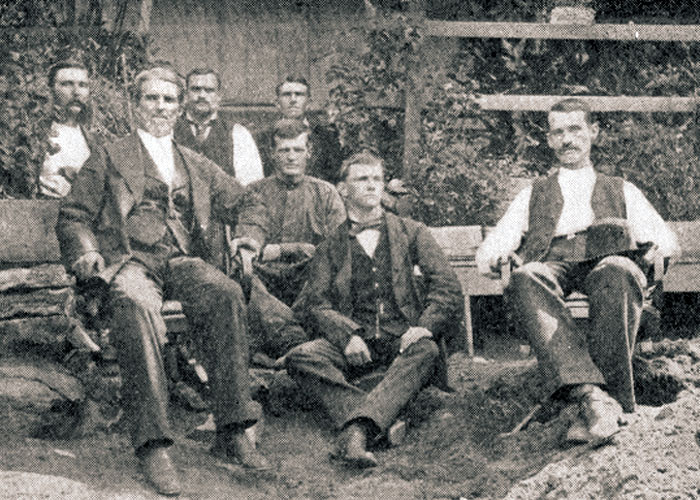
On a partly cloudy spring morning, Vivian and I set out on the Hite’s Cove Trail. We were hiking farther into the trail than I’ve been before—to the Pan Mill Site where John Hite prospected on the South Fork of the Merced River. Like the Tribune’s comment, Hite did discover one of the richest gold veins in the Central Sierra (circa 1861) making him a millionaire. It was located on a ridge north of the river where we were headed. I was excited to reach the site.

Hite’s Cove Trail is renowned for its spectacular springtime show of poppies.
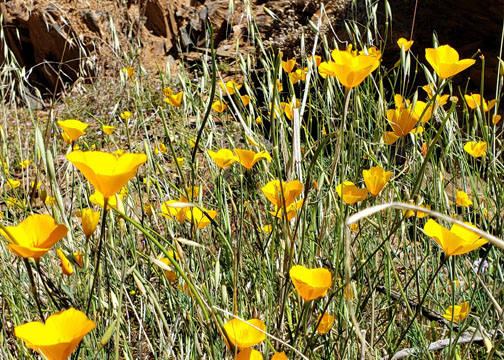
There were less on the hillsides this year than when I hiked it last year, but the diversity of wildflowers was fantastic.
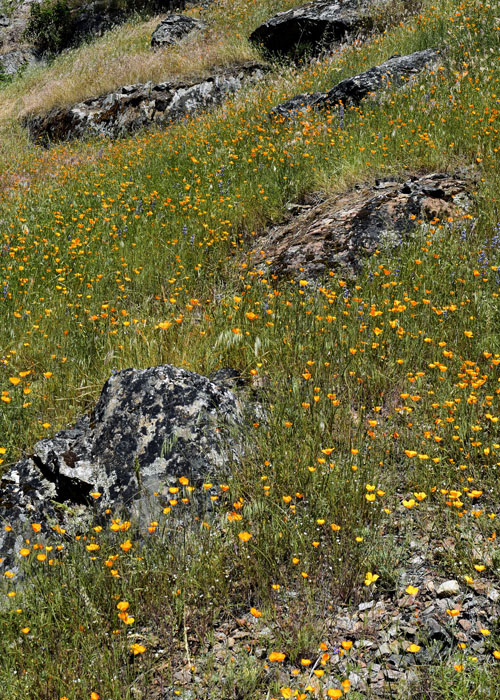
Wearing a wide brimmed sunshade, Vivian led the way through the canyon walking slowly to observe the trail’s beauty.
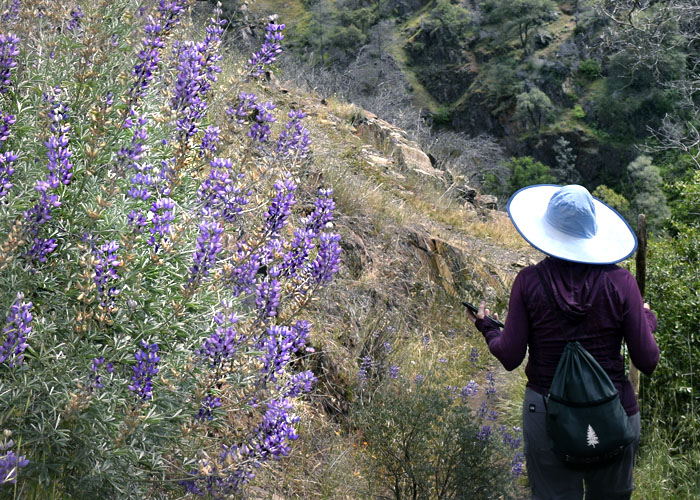
I with no hat, followed her through the steep hills.
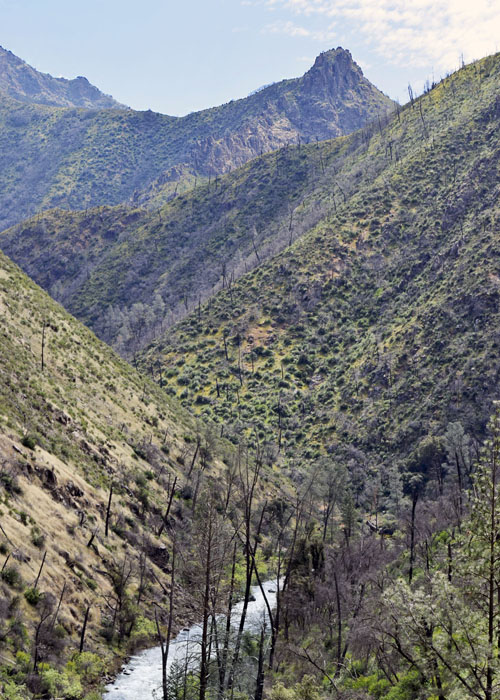
The river below was noisy. It tumbled over rocks with a rush of energy. At times it was hard to hear Vivian’s voice.
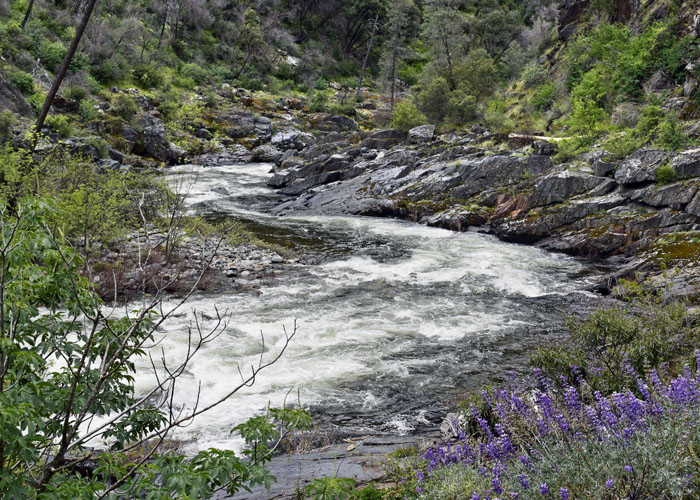
Tall bushes grazed us as we squeezed through a narrow path. I heard a distinctive shhhh of rattles. “Snake!” I yelled above the din of the river. A thick rattlesnake had wrapped itself around a branch. I reached for my camera, but the serpent slithered away into the bushes. That was my first sighting of a rattlesnake on a trail. Earlier, I spied a Sierra newt when I almost stepped on it; and in an area with seeps and streams we saw a variety of butterflies.
At four miles in we reached the Pan Mill site and the relics of the mining operation.
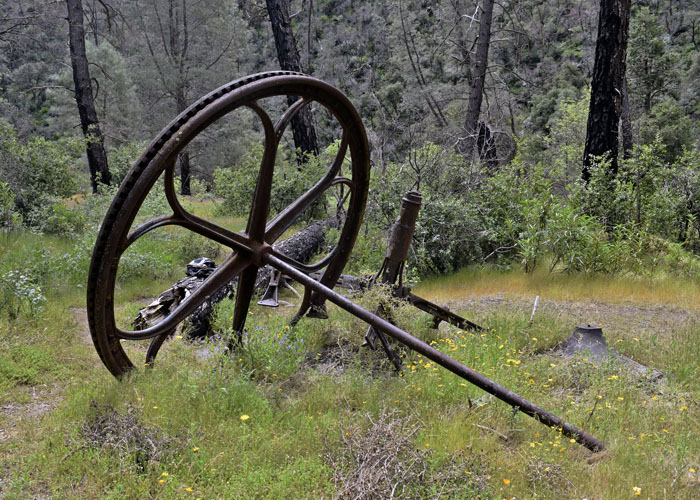
I removed my pack and explored the area. There was a nearby campsite and a large sandy beach made of crushed tailings. A half mile farther was Hite’s Cove proper, but we made this our turnaround point.
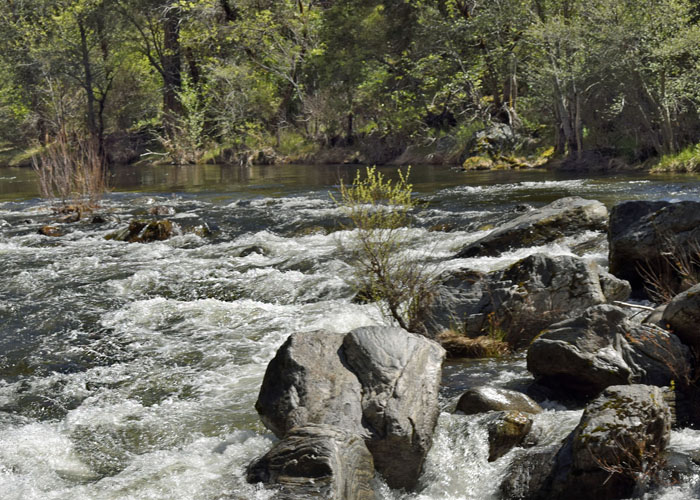
Before we left, Vivian climbed onto the wheel. When she got down, she told me that this was a special day for her, it was her birthday. I was surprised to hear that. I got choked up when she told me how each year, she and her husband (who recently passed away) would take this hike. She carried his walking stick with her.

After working alone at pounding gold by hand, Hite’s operation grew over the years to crushing ore with a twenty-stamp mill. Miners who numbered between seventy-five and one hundred fifty ran the outfit using waterpower.
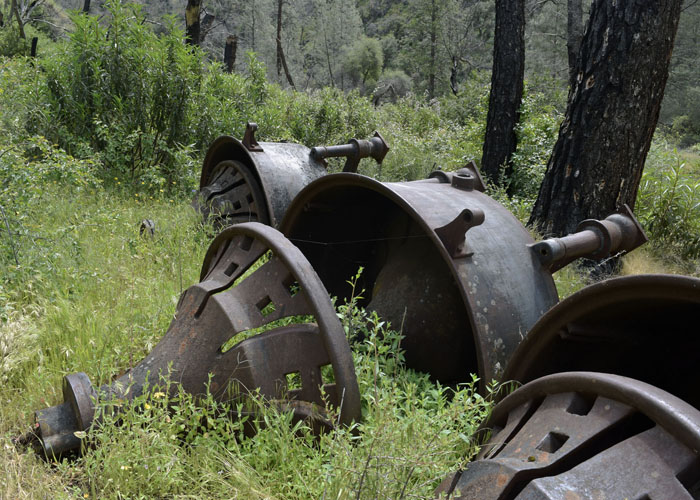
Though remote and difficult to reach, like all booming Gold Rush communities, Hite’s Cove had the typical resources: a post office, dining hall, shacks, dance hall, blacksmith, hotel, etc. The heavy machinery was transported to the mine site by the labor of industrious Chinese immigrants who moved it over and down the mountain. Incredible!

By 1875, John Hite was a millionaire. In equivalent terms, today he’d be a billionaire. He died in 1906 at age 76.

We stopped for lunch near Swirly Rock. If I had known prior to the hike that it was Vivian’s birthday, I would have brought her a cupcake.

One of the great things about hiking is that it’s good for your body, but also your soul. I was honored that Vivian chose me to share this day with her, to enjoy the beauty of nature and to build our bond of friendship through hiking.
Wildflowers on the Trail
